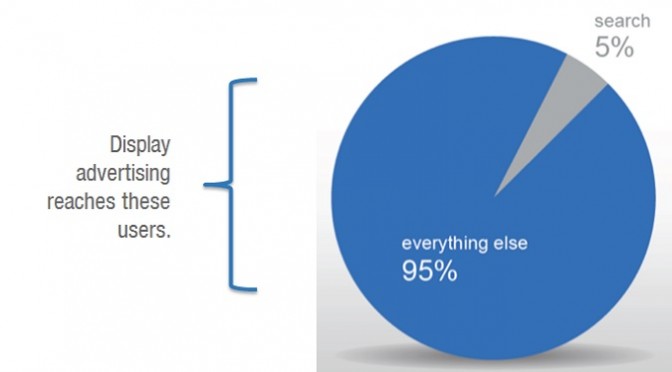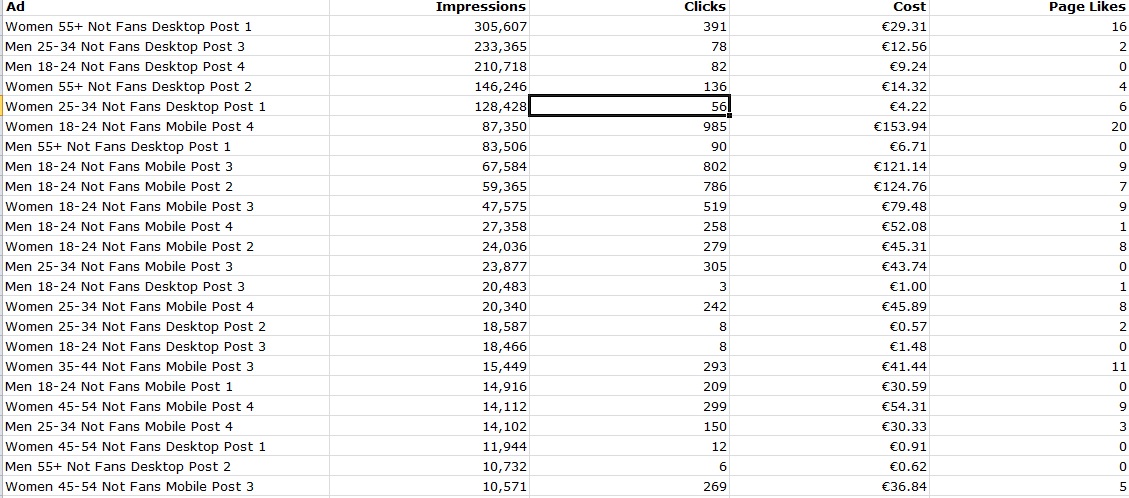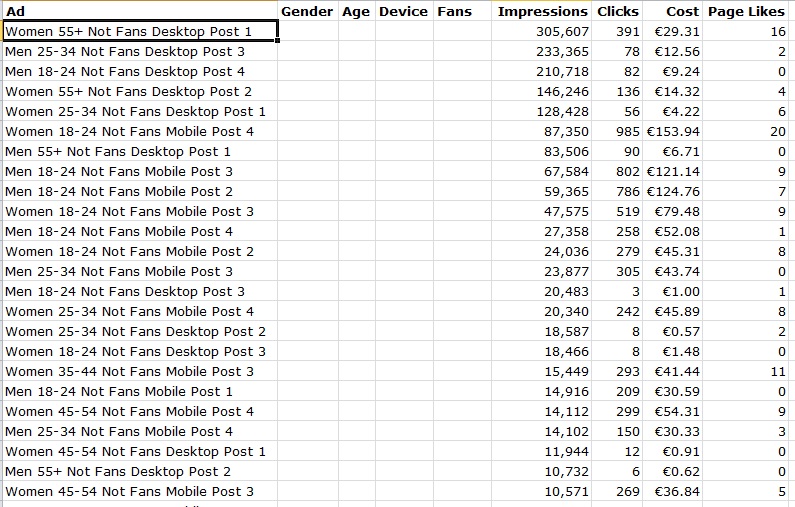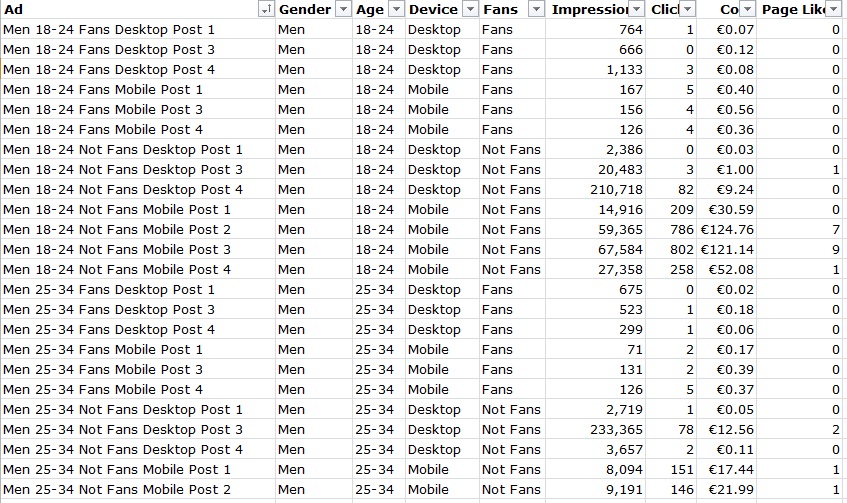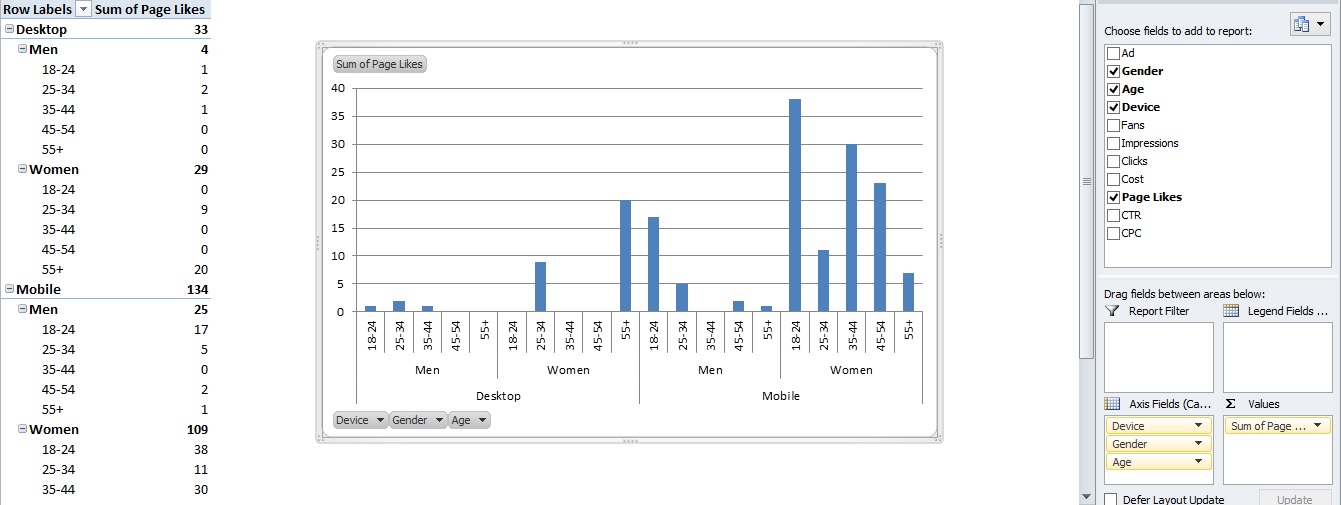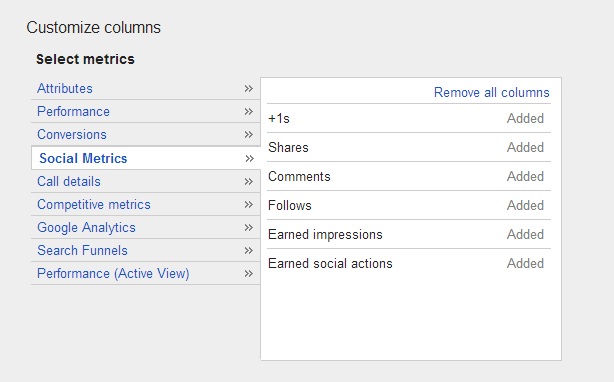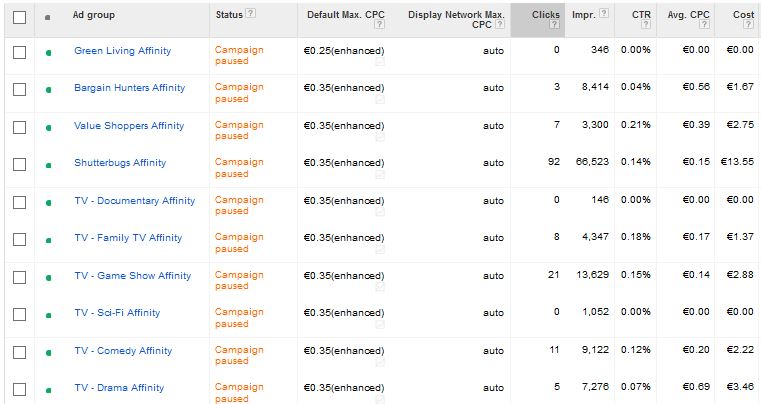The Google Display Network is a very powerful tool to reach potential customers when they may not be aware or actively seeking your offering. However it behaves very differently than search especially in the realm of keywords.
A trap to be avoided is to start with search campaigns and simply copy the campaign and switch the network targeting. This is not the best way to create contextual keyword display campaigns as Google looks at total ad group themes to decide where to place the ads.
Secondly, there are keywords that you would rarely have in your search campaigns. Wide keywords that are loosely related to the product, have massive search volume, low conversion rates and high CPCs. All the things that make a performance search campaign under-perform. Not so in display. If Google looks at your ad group in its entirety and will match your ads to articles/content that are most closely related to the overall theme, then you need related keywords in your ad group to tell Google where to serve your display ads.
Ad Groups As Snippets
Think of ad groups as summary points of content. Your keywords are the bullet-points of all the key concepts within the article. Basically your campaigns will be made up of a number of ad groups each of which are mini synopses (yep that’s a plural) of the main points of the content you wish to target.
Another thing to consider is that keyword duplication across your account behaves very different to that of search. As we know, duplicate keywords in search can be a major cause of CPC inflation and poor performance. As before, this is not the case in display. In fact multiple instances of the same keyword across the display campaigns lead to different targeting outputs, as the combination of keywords within an ad group will vary.
So if you have 2 ad groups, one for Apple iPods and one for Apple iMacs, both ad groups can contain the keyword ‘apple’. Depending on your website, product range and objectives you can negate certain keywords from across ad groups, ie. add ‘ipod‘ as a negative keyword to the iMac ad group and vice versa.
Likewise keyword match type isn’t a consideration for positive keywords on the Google Display Network – all keywords are on broad match. However, negative keywords behave as they do in search campaigns.
Structure & Creativity is Essential
So once you know how Google reads and serves ads on the Google Display Network you can enlist your creative powers to combine the top theme variations of the content you wish to serve your ads alongside. It’s a challenge to summarise the points of your ideal content mix. Choose key conversion or awareness focused keywords, depending on your campaign goals. Think: what are the 5 keywords that summarise the content I want to be associated with? What do the experts in this field talk about, what words do they use? It’s like reverse onsite keyword optimisation in the world of SEO – so think ‘what would I do if I were the Googlebot?‘
Then try differing combinations of keywords to test how ad group variations perform. Note: don’t just change one keyword, change the broader theme of the ad group from information to review keywords to purchase drivers etc. Change the philosophy of your targeting to test the results & performance.
Following on from keyword choice, structuring your ad groups and campaigns will allow for efficient and effective management of the performance. It’s recommended that ad groups are limited to between 1 and 50 keywords. I can’t emphasise enough how large ad groups are totally ineffective and un-targeted and should be avoided. Keep the ad groups to 1-10 contextual keywords.
The Display Planner allows you to estimate your search impressions and it is advisable to keep ad groups with lots of potential impressions in campaigns on their own so you can control the daily budget of the high volume ad groups. Secondly this allows your lower volume ad groups to serve without their daily budgets being affected by ad groups which spend a lot more.
Summary
By looking at display keywords as bullet points and ad groups as themes, you can test performance and serve Google Display ads more effectively alongside content that is more related to the topics you want to be associated with.
It’s very important to treat search and display campaign builds differently, ie. keyword choice, duplication and match types. Expected ad group traffic volume from available inventory should influence campaign structure, with high traffic ad groups being housed separately to lower traffic ad groups for budget reasons.
As with all digital advertising, testing is key. Try different keyword combinations, make sure there is sufficient difference between your ad groups for clearer test results; drive scale in what performs and pull back n what doesn’t.
